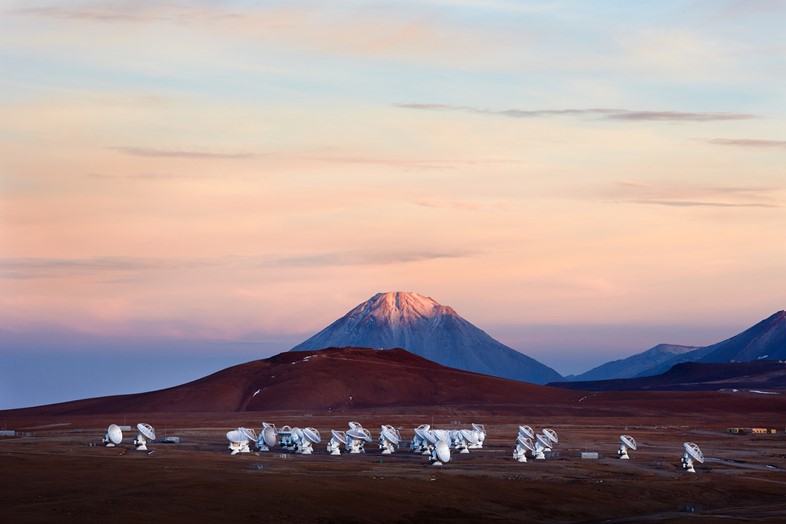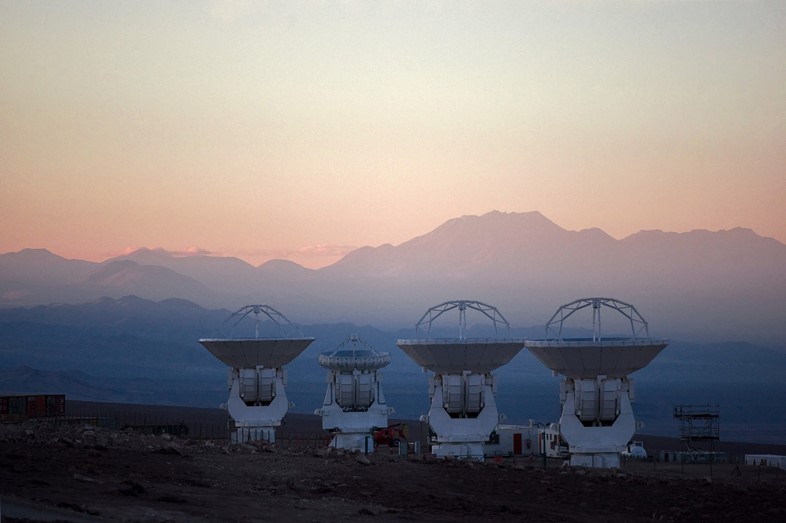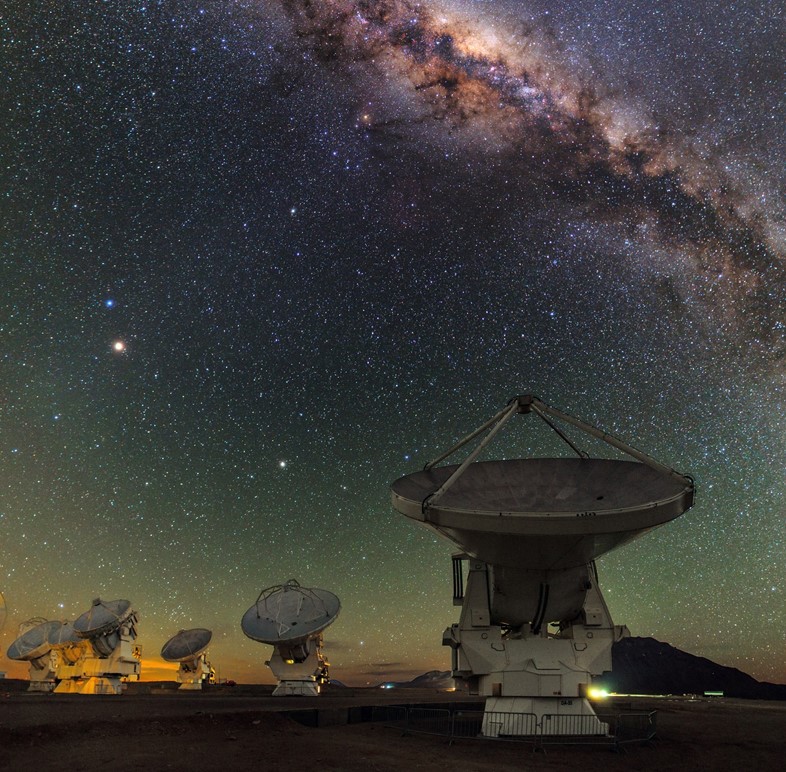We explore the extraordinary telescope erected in the driest place on earth that allows mankind to peer into the cosmos
Where on Earth?
The Atacama Desert
GPS Coordinates: 23°01′S 67°45′W
From the frozen wastes of Antarctica to the depths of the ocean, the best locations to conduct cutting-edge science are often among the most remote, inhospitable and extreme on the planet. The Atacama Desert – which spans Chile, Peru, Bolivia and Argentina – is one of them. A vast, high-altitude plateau covering more than 40,000 square miles, it’s one of the driest places on earth. Desolate and isolated, the Atacama is also an ancient place – possibly the oldest desert in the world. Sandwiched between two mountains and blasted by hot, dry winds, it is so arid that some areas have never recorded rainfall.
The resulting terrain is so similar to Mars that NASA is now using the region to test future missions – a fitting location, given that a 2003 experiment conducted in the Yungay region using Mars lander technology detected no signs of life in the desert soil. The lack of moisture means the piercingly blue daytime skies give way to incredible starscapes come nightfall. Combined with a lack of light pollution and radio interference, this makes the Atacama one of the best places on earth for astronomy and the Chilean part of the region is now home to a number of incredible telescopes, including ALMA – one of the world’s newest and most powerful.

What on Earth?
Located on the Chajnantor plateau, ALMA (Atacama Large Millimeter/submillimeter Array) is a radio telescope made up of 66 interconnected white dishes spread across the desert floor. An expensive and truly international project, it was built by science agencies from the US, Europe, East Asia and Chile to study the ‘cold universe’ – gas, dust, early stars and the remnants of the Big Bang. At nearly 16,000 feet above sea level, the area is so high that people working at the site need to carry oxygen with them. Construction was largely completed at lower altitudes, with giant transporters carrying the equipment across the desert to its final position.
Despite the harsh conditions, life does exist amid the dishes. Vicuñas (like llamas but cuter) and vizcachas (like rabbits but cuter) are sometimes spotted, while desert lizards, Andean foxes, flowering plants and hardy cacti abound. The plateau is also home to the penitentes – a series of thin blades of snows and ice pointed towards the sun. Though the exact way they form is still not completely understood, it’s thought that the ice sublimes here: transforming directly from a solid to a gas without melting into a liquid.
How on Earth?
While the site itself is off-limits ostensibly due to the ‘dangerous altitude’, you can glimpse the ALMA complex from nearby hiking trails, like the one that ascends the Toco Volcano. The nearby (and super luxe) Alto Atacama Desert Lodge & Spa can arrange these, along with evening astronomy sessions under the stars. Located lower down, the ALMA visitor centre is open every Saturday and Sunday morning to members of the public. It’s 50km from San Pedro de Atacama and you’ll need to register first at their website.




